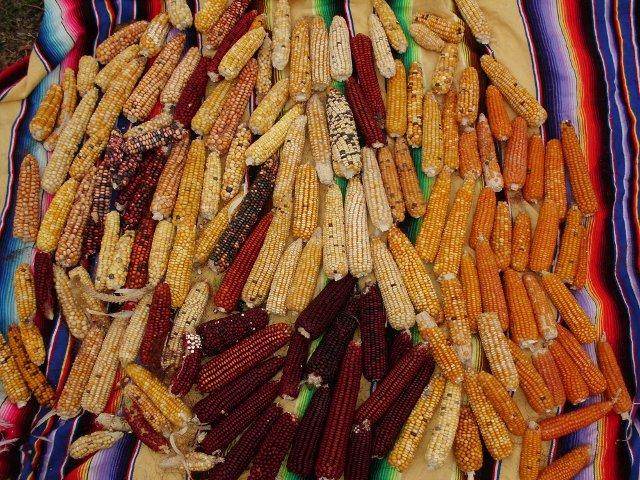




Homesteading in Central Virginia
Our Website

 1
1








Homesteading in Central Virginia
Our Website










“The most important decision we make is whether we believe we live in a friendly or hostile universe.”― Albert Einstein




Homesteading in Central Virginia
Our Website




“The most important decision we make is whether we believe we live in a friendly or hostile universe.”― Albert Einstein









 2
2




- Tim's Homestead Journal - Purchase a copy of Building a Better World in Your Backyard - Purchase 6 Decks of Permaculture Cards -
- Purchase 12x Decks of Permaculture Cards - Purchase a copy of the SKIP Book - Purchase 12x copies of Building a Better World in your Backyard




Invasive plants are Earth's way of insisting we notice her medicines. Stephen Herrod Buhner
Everyone learns what works by learning what doesn't work. Stephen Herrod Buhner

|
rubbery bacon. crispy tiny ad:
Rocket Mass Heater Resources Wiki
https://permies.com/w/rmh-resources
|





